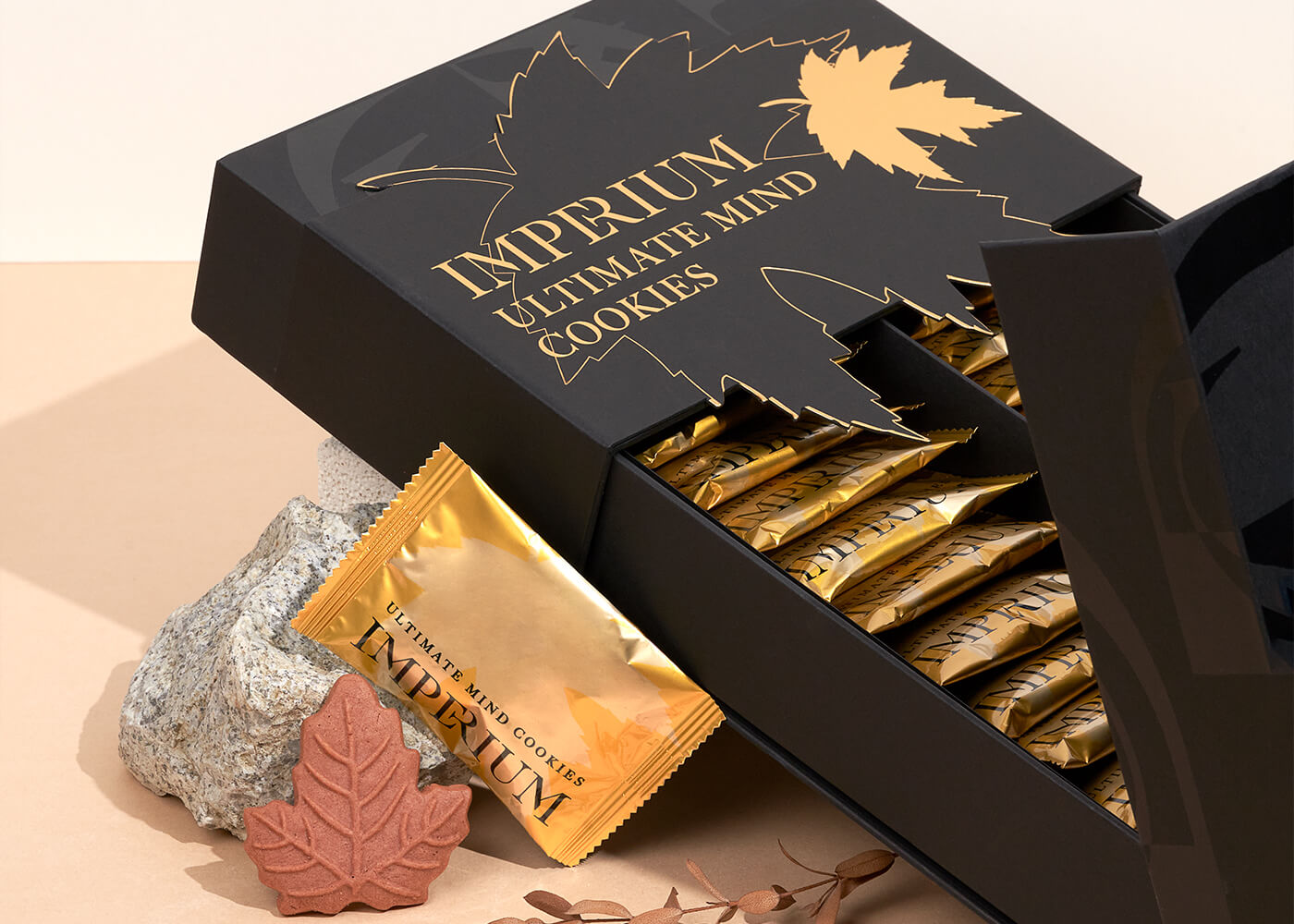


ATP & Energy: Understanding the Relationship Within your Cells

3 mins to read
All life depends on energy. From the simplest organisms to the most complex, energy is what drives everything. Without it, we would not be able to survive. In this blog post, we will discuss ATP molecules and their role in providing energy to our cells. We will also explore how ATP is produced and what happens when it is used. Stay tuned for an in-depth look at one of the most important molecules in your body!
What is ATP all about?
ATP is short for adenosine triphosphate. It is the energy currency of your cells and it plays a critical role in many biochemical reactions. Adenosine triphosphate (ATP) consists of an adenosine molecule bonded to three phosphate groups. The chemical bonds between the phosphate groups are high-energy bonds. This means that they store a lot of potential energy. In particular, the bond between the second and third phosphate groups is very high in energy. When these bonds are broken, the stored energy is released and can be used to drive other chemical reactions. This chemical energy can also be used to drive various cellular processes.
How is ATP produced?
ATP is produced through a variety of metabolic pathways, including glycolysis, Krebs cycle, and oxidative phosphorylation. One of the most important pathways called oxidative phosphorylation, is especially necessary for ATP production in cells. This process occurs in the mitochondria, which are the powerhouses of the cell, and involves the transfer of electrons from hydrogen ions to oxygen molecules. Oxidative phosphorylation takes place in the electron transport chain, where electrons are transferred from one molecule to another. As the electrons move through the chain, they release energy. This energy is used to pump hydrogen ions across a membrane. The accumulation of hydrogen ions creates a gradient that is used to produce ATP. This reaction produces water as a by-product.
How does ATP help in providing and releasing energy to cells?
ATP is an important molecule that plays a vital role in our cells. It is responsible for providing energy and it helps to drive many biochemical reactions. Understanding how ATP works can help us to better understand how our cells function and how we can keep them healthy.
ATP can be used for two main things: to drive chemical reactions and to store energy. When ATP hydrolysis occurs, the bonds between any phosphate group is broken and the stored energy is released. ATP can also be hydrolyzed to ADP (adenosine diphosphate) to release energy for various cellular processes. The hydrolysis of ATP is an exergonic reaction, meaning that it releases energy. This energy can be used to drive various chemical reactions in the cell, such as muscle contraction and nerve impulse conduction. For example, ATP can be used to power muscle contraction or to synthesize DNA. In addition, ATP can be used to store energy in cells. When cells have excess energy, they can convert it into ATP and store it for later use.
How does ATP benefit your body?
There are many benefits that ATP brings to your body. As mentioned earlier, it is the main source of energy for most cellular processes, including muscle contraction, nerve impulse conduction, and chemical synthesis. In addition, ATP plays an important role in cell metabolism and is essential for life. It is involved in many biochemical reactions, including DNA replication, protein synthesis, and cell signalling. ATP also has an important role in cell division and growth. On top of that, ATP is a potent antioxidant and has been shown to protect cells from damage caused by oxidative stress. ATP is also an important anti-ageing supplement. It has been shown to increase lifespan and protect against age-related diseases. ATP supplementation can also improve cognitive function and memory.
What can you do to boost ATP levels in your body?
There are a few things you can do to help increase ATP levels in your body. One is to make sure you’re getting enough oxygen. This means breathing deeply and regularly throughout the day. You can do this by doing simple breathing routines regularly, as well as spending time in nature. Exercise is also important, as it helps to increase circulation and get more oxygen to your cells. Some common exercise-related activities that can help include running, biking, swimming, and yoga.
Additionally, eating a healthy diet with plenty of whole foods, fresh fruits and vegetables will also help. These foods contain nutrients, antioxidants, and phytonutrients that are essential for cell health to increase ATP levels. In addition, these products are usually rich in antioxidants, omega fatty acids, and probiotics. Probiotics are beneficial for cell health, as they help to protect cells from damage and support the production of ATP.
Another way to increase ATP levels is to take supplements that support cellular respiration, such as Coenzyme Q or magnesium. Coenzyme Q is an antioxidant that helps protect cells from damage, while magnesium aids in energy production. You can also try using anti-ageing products that help support cell health and increase ATP levels. These products typically contain a range of nutrients, vitamins, and minerals that are essential for cellular function.
Finally, reducing stress is important for overall health, and can also help to increase ATP levels. When we’re stressed, our body goes into fight-or-flight mode, which reduces blood flow and oxygenation to cells. This can lead to cellular damage and a decrease in ATP production. To reduce stress, you can try practices like meditation, mindfulness, yoga, and deep breathing.
All of these activities can help to increase ATP levels in your body and support cell health. By taking care of your cells, you can help to keep your body healthy and reduce the risk of age-related diseases.
Conclusion
ATP is often referred to as the energy currency of the cell, and is critical for energy production within our cells. It’s produced through oxidative phosphorylation in the mitochondria, and used to power cellular processes or stored for later use. Keep ATP levels up by eating healthy and exercising regularly! Supplementing with anti aging supplement Singapore and probiotics Singapore compounds can also help increase cellular ATP production.

-

Ultimate Mind
Kick start the day with a packet of Ultimate Mind to boost memory and concentration throughout the day. The Ultimate Mind Cookie is a healthy snack that promotes memory, concentration, and cognitive function. BUY NOW How Do the Brain and Mind Function? The brain is the control centre for the body. It regulates all of […]
-

Ultimate Restore
Why is a Healthy Digestive System Important? Good digestive health is essential for good overall health. Your digestive system is responsible for breaking down the food you eat, extracting nutrients, and eliminating waste. The digestive system includes the mouth, oesophagus, stomach, small intestine, large intestine (colon), rectum, and anus. The entire length of the digestive […]
-

Ultimate Cleanse
The Ultimate Cleanse Meal Replacement is formulated with whole-food nutrition, patented and potent ingredients of more than 55 highly absorbable and functional ingredients and essential nutrients. Packed with fibre and protein, to support detoxification, cellular repair, and cellular rejuvenation. Benefits include maintaining a healthy digestive system, important for detoxification and immune health. Why is a […]